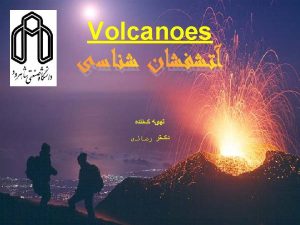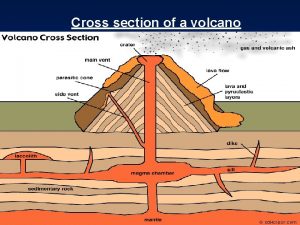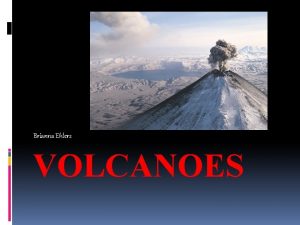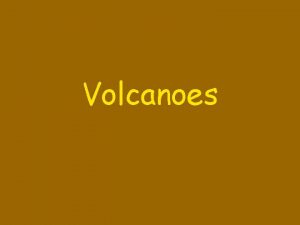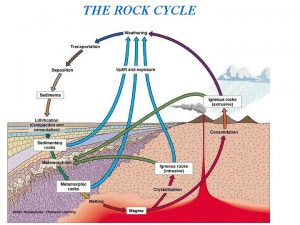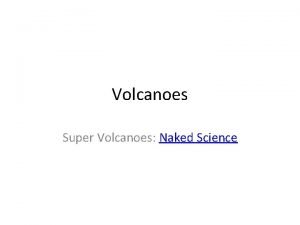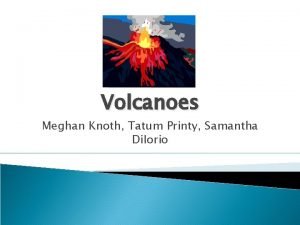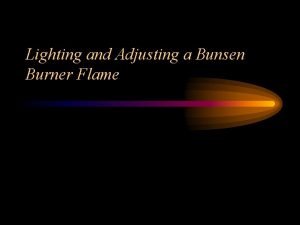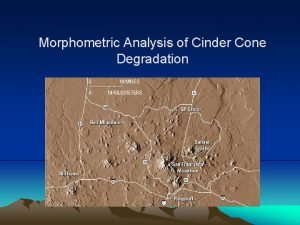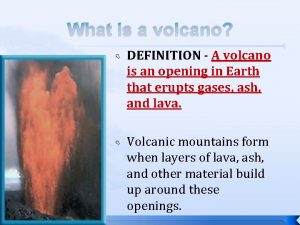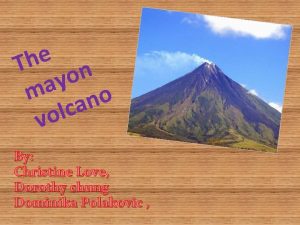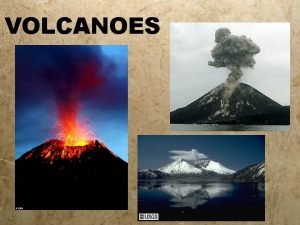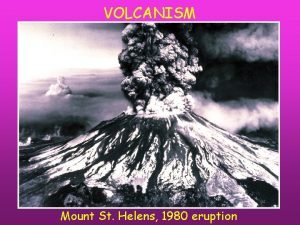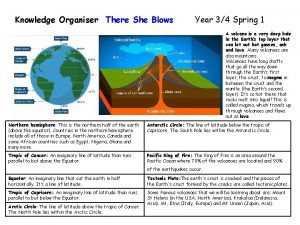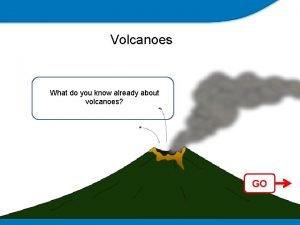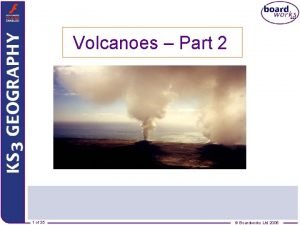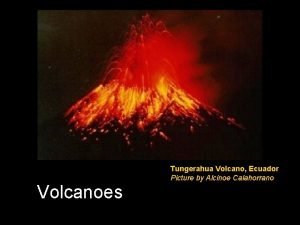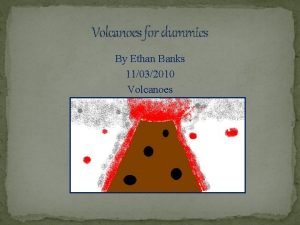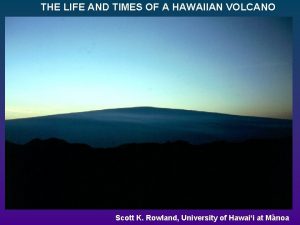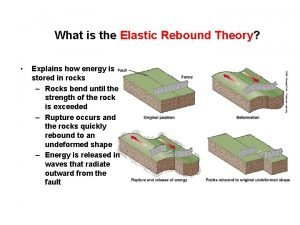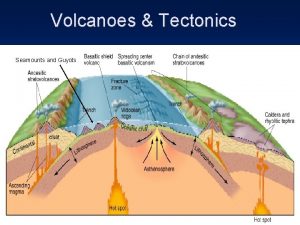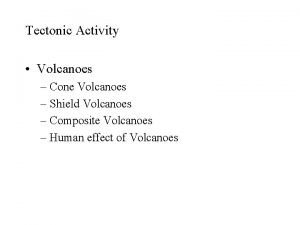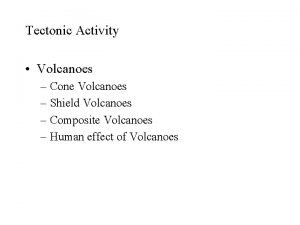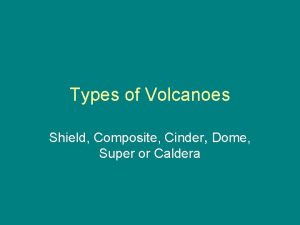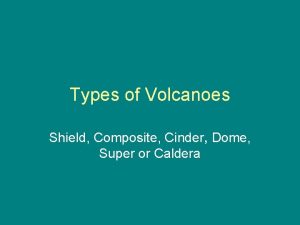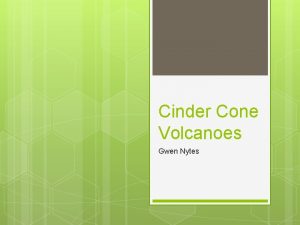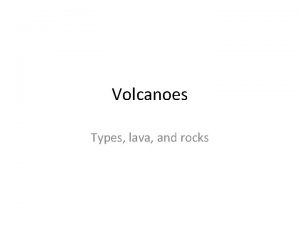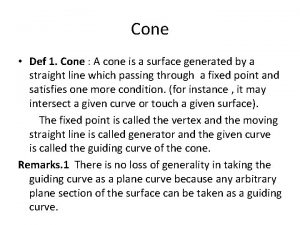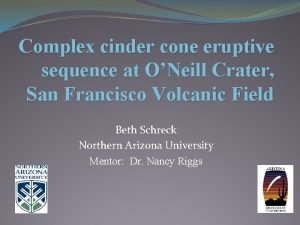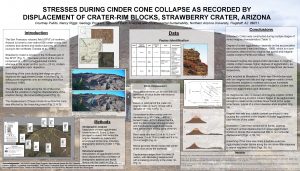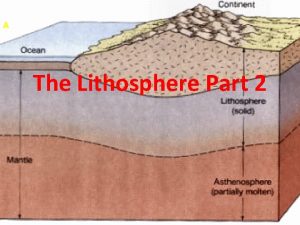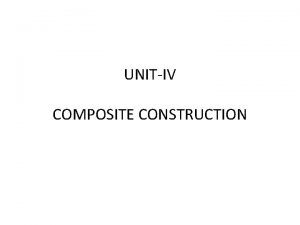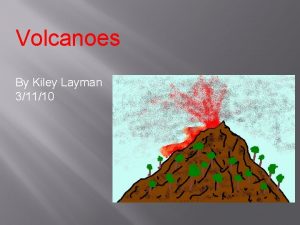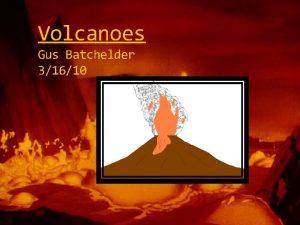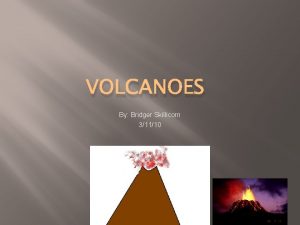Shield volcanoes Composite volcanoes Cinder cone volcanoes Shield
































- Slides: 32











Ø Shield volcanoes ØComposite volcanoes Ø Cinder cone volcanoes

Shield volcanoes • are built almost entirely of fluid lava flows • Lavas also commonly erupt from vents along fractures (rift zones) that develop on the flanks of the cone

Shield Volcanoes

Cinder cones • are the simplest type of volcano • are built from particles and blobs of congealed lava ejected from a single vent • gas-charged lava is blown violently into the air, it breaks into small fragments that solidify and fall as cinders around the vent to form a circular or oval cone. • have a bowl-shaped crater at the summit and rarely rise more than a thousand feet or so above their surroundings

Cinder Cone Volcanoes • The magma inside a cinder cone volcano has large amounts of gas trapped in it. • Eruptions from cinder cone volcanoes are violent and explosive because of all the gas trapped in the magma. • The large amounts of hot ash and lava thrown out of the vent fall to the ground forming the cone shape that these volcanoes have.

Cinder Cone Volcanoes • Cinder cone volcanoes are usually only active for a short time and then become dormant (inactive). • Paricutin in Mexico is an example of a cinder cone volcano.

Cinder Cone Volcanoes

Composite volcanoes (stratovolcanoes) • are typically steep-sided, symmetrical cones of large dimension built of alternating layers of lava flows, volcanic ash, cinders, blocks, and bombs and may rise as much as 8, 000 feet above their bases • Most have a crater at the summit which contains a central vent or a clustered group of vents

Composite Volcanoes • The magma inside a composite volcano is rich in silica and much thicker than magma from a shield volcano. • Gases get trapped inside this thicker magma. • Eruptions from composite volcanoes can be flowing lava or explosions. The explosive eruptions come from the trapped gases and produce cinders and ash.

Composite Volcanoes • These different types of eruptions are what give composite volcanoes their alternating layers of lava and cinders. • Composite volcanoes have much steeper slopes than shield volcanoes. • Mount Fuji in Japan and Mount St. Helens in the USA are examples of composite volcanoes.

Composite Volcanoes

OR, down in Ecuador. . . Cotopaxi Imbabura Sangay Tungurahua

Strombolian-type eruption • huge clots of molten lava burst from the summit crater to form luminous arcs through the sky

Dome-forming eruptions commonly come at the end of eruptive cycles, as for Guagua Pichincha in 1999 (at right, photo by Adam Atkinson-Lewis '06) or at Mount St. Helens (Dec. , 2004), below.

The other kind of dome-forming eruptions produce obsidian domes, such as the Mono Craters in eastern California. Sierra Nevada Panum Crater Mono Craters

The view across Mono Lake to the Mono Craters.

Panum Crater, discussed in your text, is the youngest of these - some 600 years old, formed from an explosive event followed by intrusion of a rhyolitic magma that gelled to obsidian.

Summit calderas form from collapse over emptied lava chambers, as seen here at Halema'u Caldera, Kilauea (r. ), Miyakejima in Japan (below), and Olympus Mons on Mars (lower right)

Some calderas can be enormous in size. Crater Lake, Oregon inside Aniakchak Caldera <----- Aniakchak Caldera on the Alaska Peninsula, as seen from the air, the same size (10 km across) as Crater Lake. Aniakchak even held a giant lake until about 2, 000 years ago.


"Hawaiian" eruptions • may occur along fissures or fractures that serve as linear vents • may occur at a central vent

 Cylinder cone volcano
Cylinder cone volcano Cross section of a cinder cone volcano
Cross section of a cinder cone volcano Shield volcano
Shield volcano Cinder cone
Cinder cone What landforms can be found near geothermal power plant? *
What landforms can be found near geothermal power plant? * Volcanic landform
Volcanic landform Cinder cone volcano
Cinder cone volcano Shield volcanoes
Shield volcanoes A cone has a volume of 98cm3
A cone has a volume of 98cm3 Parts of flame in bunsen burner
Parts of flame in bunsen burner Wi-fi onboarding nec
Wi-fi onboarding nec L3ajan
L3ajan Cinder retype
Cinder retype Volcanic cinder appraisal
Volcanic cinder appraisal Atdesia
Atdesia Cinder summary
Cinder summary Composite volcano examples
Composite volcano examples Structural member properties
Structural member properties Interesting facts about mt mayon
Interesting facts about mt mayon Ring of fire volcanoes
Ring of fire volcanoes Explain the theory of plate tectonics.
Explain the theory of plate tectonics. How are volcanoes classified
How are volcanoes classified Where are volcanoes
Where are volcanoes Volcanoes knowledge organiser
Volcanoes knowledge organiser What do you already know about volcanoes
What do you already know about volcanoes Destructive process examples
Destructive process examples Types of volcanoes according to shape
Types of volcanoes according to shape Active volcanoes map
Active volcanoes map Chapter 8 earthquakes and volcanoes
Chapter 8 earthquakes and volcanoes Volcanoes for dummies
Volcanoes for dummies Volcanoes on oahu
Volcanoes on oahu Mt saint helens
Mt saint helens Three main ways volcanoes are created
Three main ways volcanoes are created
